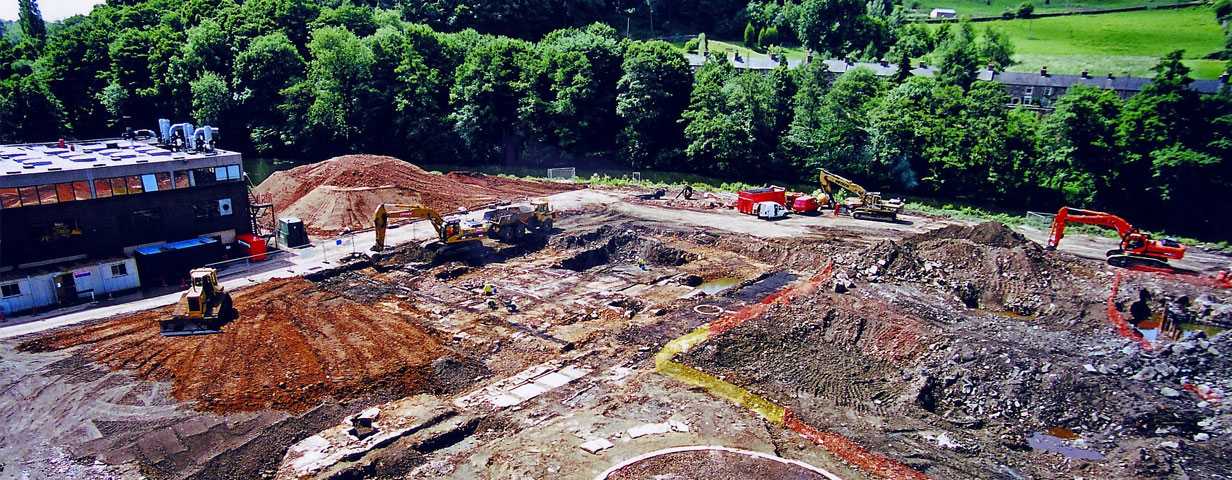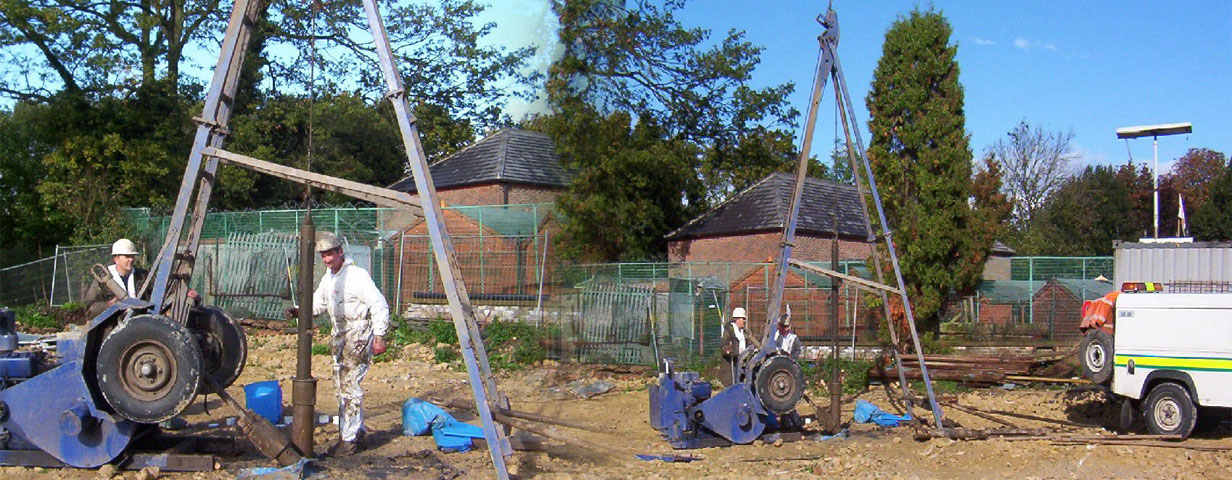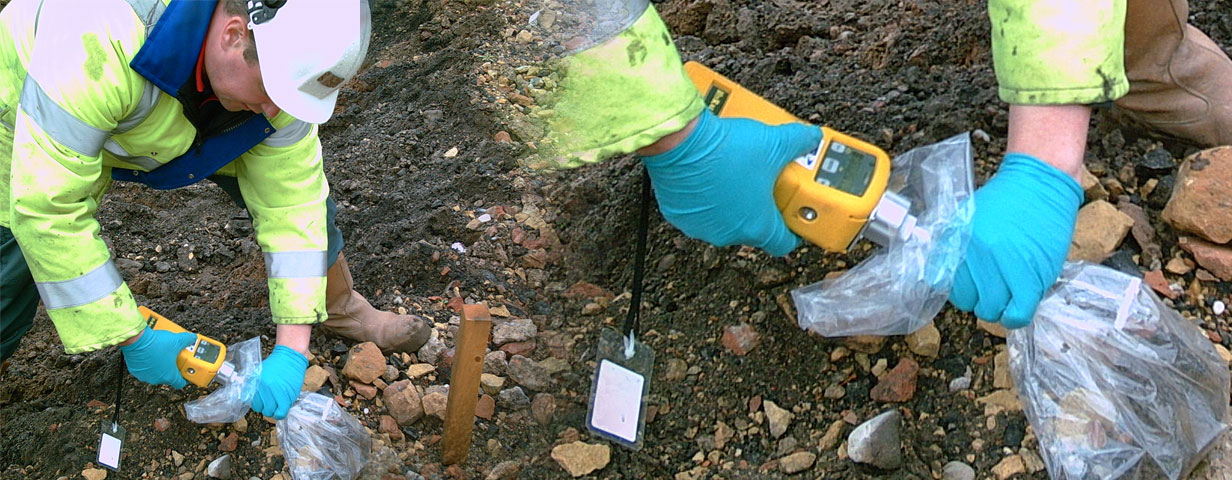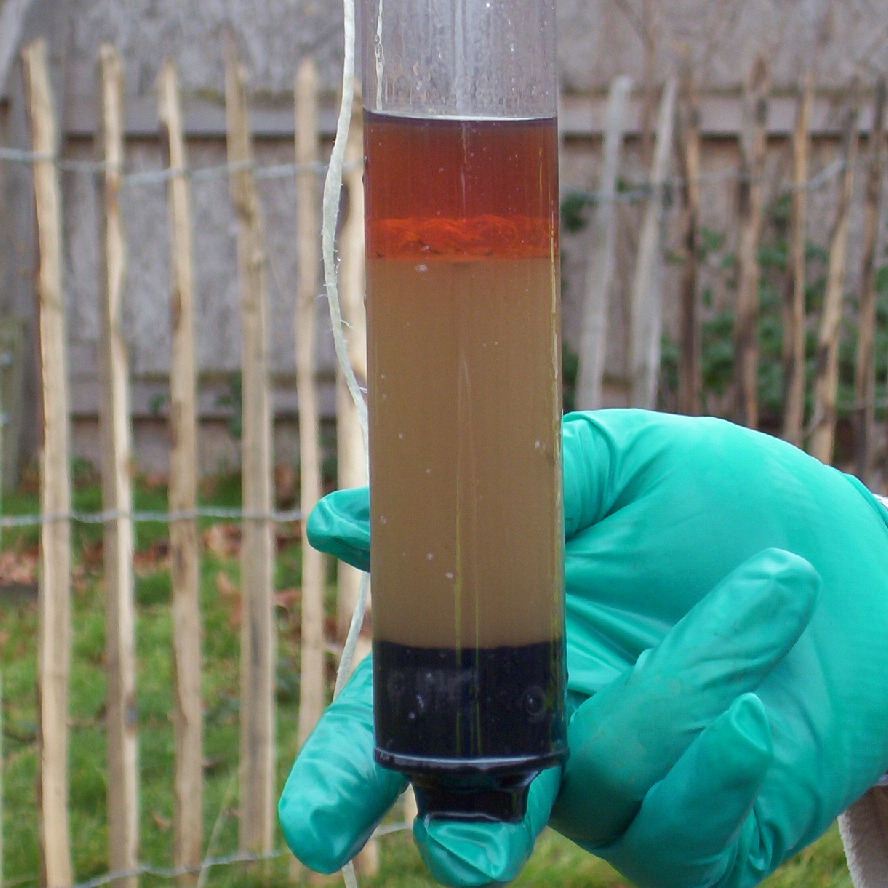




Detailed Quantitative Risk Assessments (Groundwater & Human Health)
When contamination levels exceed national screening values, site-specific values can be generated through the completion of human health DQRAs. These are an exercise which involves a close look at each site’s environmental setting, contamination model and receptors. Once detailed information is gathered and checked, we can generate site-specific screening values which can act as an assessment tool or as a guide / target for remediation works. DQRA reports often involve extensive discussions with regulators before, during and after their deliver.

